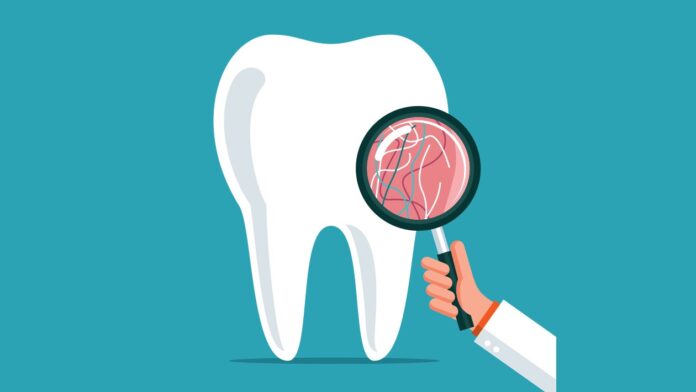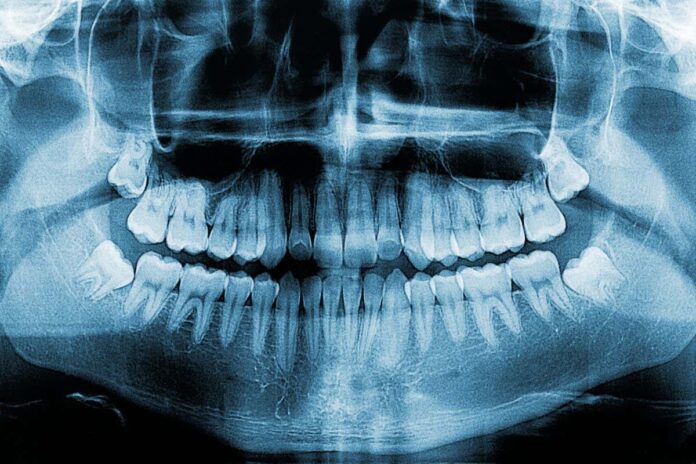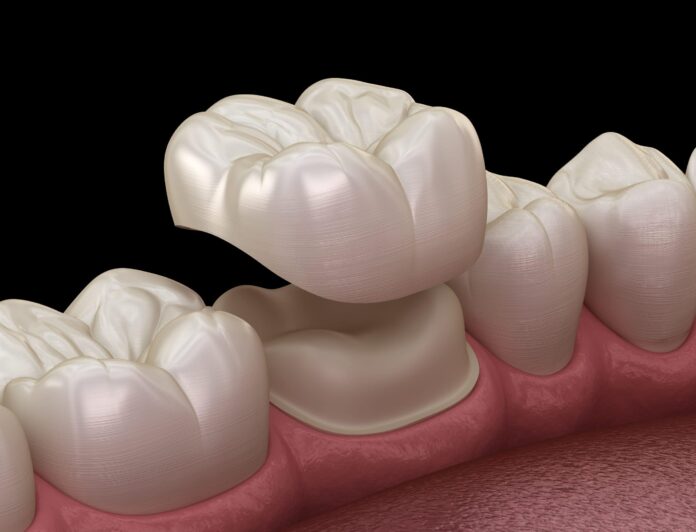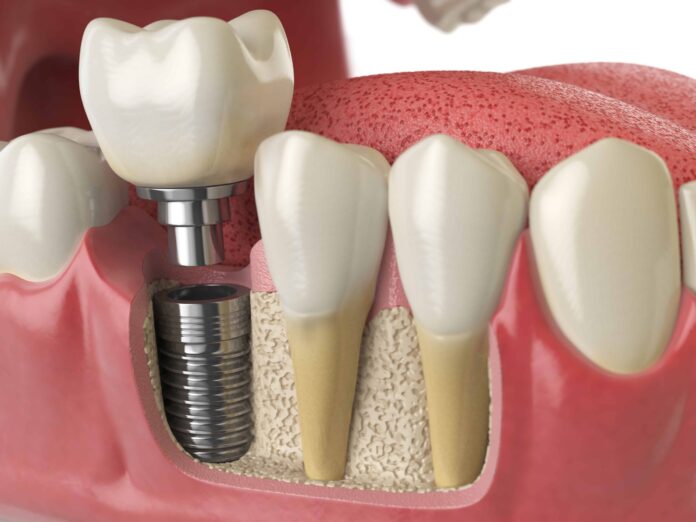The road to good dental health is often costly and daunting for many people. In particular, access to affordable dental implants is a significant challenge for low-income individuals. Fortunately, a multitude of resources and options are available that make dental implants, a life-changing dental procedure, within reach for this population. This article aims to guide you through understanding dental implants, their benefits, and how to access affordable dental implants.
Understanding Dental Implants
First and foremost, it’s essential to understand what dental implants are. They are synthetic tooth roots that establish a durable foundation for steady, replacement teeth. Implants are a favored and efficient option for individuals dealing with tooth loss, deteriorating teeth, or persistent dental issues, in contrast to dentures, bridges, and crowns. This solution offers long-lasting benefits.
Benefits of Dental Implants

Dental implants are designed to look and function exactly like your natural teeth. Apart from improving your smile and facial aesthetics, they also provide significant health benefits. They prevent bone loss in the jaw, maintain the alignment of nearby teeth, and can improve your ability to chew and speak. Moreover, they can boost your self-esteem and overall quality of life.
Affordable Options for Dental Implants
Dental Schools: Many dental schools offer discounted services as a part of their dental students’ training experience. These services are often overseen by experienced professionals, so you’re still guaranteed a high level of care.
Government Programs: Some state Medicaid programs cover dental implants for low-income individuals. The benefits vary by state, so it’s important to review your state’s Medicaid program to understand what is available.
Nonprofit Organizations
There are nonprofit organizations, such as Dental Lifeline Network and Smiles Change Lives, that provide free or reduced-cost dental services, including implants, to those in need.
Dental Savings Plans

Dental savings plans are a membership-based service where you pay an annual fee in exchange for reduced rates at participating dentists.
Sliding Fee Scale Dental Clinics
These clinics offer flexible payment options based on your income and ability to pay.
Clinical Trials
Occasionally, researchers require volunteers to participate in clinical trials for dental procedures, including implants. In many cases, the treatment is offered for free or at a reduced cost.
Evaluation and Preparation for the Procedure

Evaluation and preparation are crucial steps in the process, ensuring a successful outcome for low-income individuals seeking implants. The first step is the initial consultation and examination, where the dentist evaluates the individual’s oral health, bone density, and overall suitability for implants. This involves a thorough examination of the teeth, gums, and jawbone, along with X-rays and imaging to assess the bone structure.
Based on the evaluation, pre-implant dental procedures may be necessary, such as tooth extractions, gum disease treatment, or bone grafting to strengthen the jawbone if it lacks the required density. These procedures create a solid foundation for the implants and promote successful integration.
The dentist works closely with the individual to develop a personalized treatment plan, addressing any concerns or questions along the way. The individual may also be advised on lifestyle modifications, such as quitting smoking or improving oral hygiene practices, to optimize the chances of a successful implant procedure.
Thorough evaluation and careful preparation are essential for low-income individuals to ensure that implants are placed in a suitable environment, increasing the likelihood of long-term success and improved oral health.
Procedure
The procedure typically consists of the following key steps:
- Surgical Placement: The dentist or oral surgeon carefully places the dental implant, which is a small titanium post, into the jawbone. This serves as the artificial tooth root and provides a sturdy foundation for the replacement tooth.
- Osseointegration: Over a period of several months, the jawbone naturally fuses with the implant through a process called osseointegration. This integration ensures the stability and strength of the implant, allowing it to function like a natural tooth.
- Abutment Placement: Once osseointegration is complete, an abutment, a connector piece, is attached to the implant. The abutment protrudes above the gumline and serves as the connection point for the replacement tooth.
- Dental Crown Placement: After the gums have healed around the abutment, a custom-made crown is placed on top. The crown is designed to match the color, shape, and size of the surrounding teeth, providing a natural-looking appearance.

Throughout the procedure, local anesthesia or sedation is used to ensure the comfort of the individual. The dentist closely monitors the healing process and provides instructions for post-operative care, including maintaining proper oral hygiene and attending regular check-ups.
It’s important to note that the implant procedure may require multiple appointments and can vary based on individual circumstances. The overall duration and complexity of the procedure may differ depending on factors such as the number of implants needed and the condition of the jawbone.
Post-Procedure Care and Maintenance
Good oral hygiene practices, including regular brushing, flossing, and rinsing with an antimicrobial mouthwash, are essential to keep the implant and surrounding gums clean and free from bacteria. It is important to attend regular dental check-ups to monitor the implant’s stability and ensure overall oral health.
Low-income individuals should also follow dietary considerations, such as avoiding hard or sticky foods that can damage the implant. With proper care and maintenance, implants can provide a functional and aesthetically pleasing solution for missing teeth, promoting oral health and overall well-being.
Conclusion
While the upfront cost of dental implants can be significant, they are a valuable long-term investment in your oral health. Understanding the resources available can make this crucial procedure more affordable for low-income individuals. Remember, dental health is not a luxury but a vital aspect of overall well-being. It’s our hope that this guide will help you navigate the path to achieving and maintaining a healthy smile, even with financial constraints.
Remember to consult with dental professionals to understand more about the options and what might be the best solution for your unique dental needs. Your journey to a radiant smile and better oral health is within reach!





![Calgary’s Hottest Neighborhoods for Luxury Homebuyers [2024]](https://thewashingtonote.com/wp-content/uploads/2024/04/Calgary-324x160.png)



